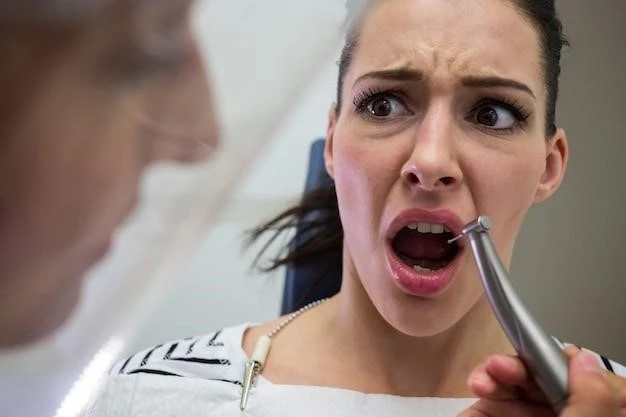Understanding and Managing Hairy Tongue Disease
Hairy tongue disease, characterized by elongated papillae on the tongue’s surface, can be managed effectively with proper oral hygiene. Understanding the causes, symptoms, and treatments of this condition is crucial for maintaining oral health.
Overview of Hairy Tongue Disease
Hairy tongue disease, also known as lingua villosa, is a harmless yet unsightly condition where the small, finger-like projections on the tongue called papillae become elongated. This elongation gives the tongue a ″hairy″ appearance, often due to poor oral hygiene, smoking, or certain medications.
While generally not a cause for concern, hairy tongue can lead to bad breath and a metallic taste in the mouth. It may also be associated with a higher risk of oral infections. Proper oral care, including regular brushing of the tongue, can help manage and prevent this condition. Consult a dentist or healthcare provider for further guidance and treatment if needed.
Importance of Oral Health in Preventing Hairy Tongue
Maintaining good oral health practices is paramount in preventing hairy tongue disease. Regular brushing of the teeth and tongue, along with flossing, can help remove food particles and bacteria that contribute to this condition. Incorporating a tongue scraper into your oral care routine can also aid in keeping the tongue clean.
Furthermore, using a suitable mouthwash can help reduce the buildup of bacteria on the tongue surface. Avoiding smoking and excessive alcohol consumption is essential in preventing hairy tongue as these habits can exacerbate the condition. Remember to stay hydrated and maintain a balanced diet rich in fruits and vegetables to promote overall oral health.
Understanding the Papillae and Bacteria on the Tongue
Papillae are tiny structures on the surface of the tongue that contain taste buds and play a role in the tongue’s texture. When papillae become elongated in hairy tongue disease, they can trap bacteria and other debris, leading to discoloration and a hairy appearance.
Bacteria naturally reside in the mouth, and some strains can contribute to the development of hairy tongue. Regular brushing and scraping of the tongue can help remove these bacteria and prevent their overgrowth. A balanced oral microbiome is essential for overall oral health and can reduce the risk of hairy tongue and other oral conditions.
Effective Practices for Managing Hairy Tongue
Managing hairy tongue involves implementing effective oral hygiene practices. Ensure you brush your teeth and tongue twice a day using a soft-bristled toothbrush. Gently clean your tongue to remove bacteria and debris that contribute to the development of hairy tongue.
Incorporating a tongue scraper into your oral care routine can help further remove buildup on the tongue’s surface. Consider using a mouthwash specifically designed to target bacteria in the mouth. Hydration is key in maintaining oral health, so drink an adequate amount of water throughout the day.
Impact of Smoking on Hairy Tongue Disease
Smoking has a detrimental effect on oral health and can significantly impact the development and severity of hairy tongue disease. The chemicals present in cigarettes can alter the normal balance of bacteria in the mouth and contribute to the elongation of papillae on the tongue’s surface.
Individuals who smoke are at a higher risk of experiencing hairy tongue and other oral health issues. Quitting smoking is essential not only for reducing the risk of hairy tongue but also for improving overall oral health. Consult with healthcare providers or support groups for assistance in smoking cessation to protect your oral health.
Importance of Debridement in Treating Hairy Tongue
Debridement, a process that involves the removal of buildup and debris from the tongue’s surface, is crucial in treating hairy tongue. This procedure can be performed by a dental professional using a gentle scraping tool to eliminate the accumulated layers of bacteria, food particles, and dead cells that contribute to the condition.
Regular debridement sessions can help maintain a clean and healthy tongue, reducing the risk of hairy tongue recurrence. It is important to schedule periodic dental visits to undergo debridement and other necessary oral care procedures to ensure the optimal health of your tongue and overall oral cavity.
Role of Medication in Hairy Tongue Treatment
Medication can play a role in treating hairy tongue, especially if the condition is caused or exacerbated by certain medications. If medication is identified as a contributing factor to hairy tongue, consulting with a healthcare provider to explore alternative options or adjust the dosage can be beneficial.
Additionally, if hairy tongue is accompanied by other oral health issues such as fungal infections, your healthcare provider may prescribe antifungal medication to address the underlying cause. It is essential to follow the prescribed medication regimen diligently and attend follow-up appointments to monitor progress and ensure the effectiveness of the treatment.
Addressing Fungal Infections Associated with Hairy Tongue
Fungal infections can sometimes be associated with hairy tongue, leading to additional discomfort and changes in the appearance of the tongue. If you suspect a fungal infection, it is essential to seek prompt evaluation and treatment from a healthcare provider.
Antifungal medications may be prescribed to target the infection and alleviate symptoms. In addition to medication, maintaining good oral hygiene practices, including regular brushing, tongue cleaning, and using antifungal mouthwash, can help manage and prevent fungal infections associated with hairy tongue. Follow your healthcare provider’s advice for the most effective treatment plan.

